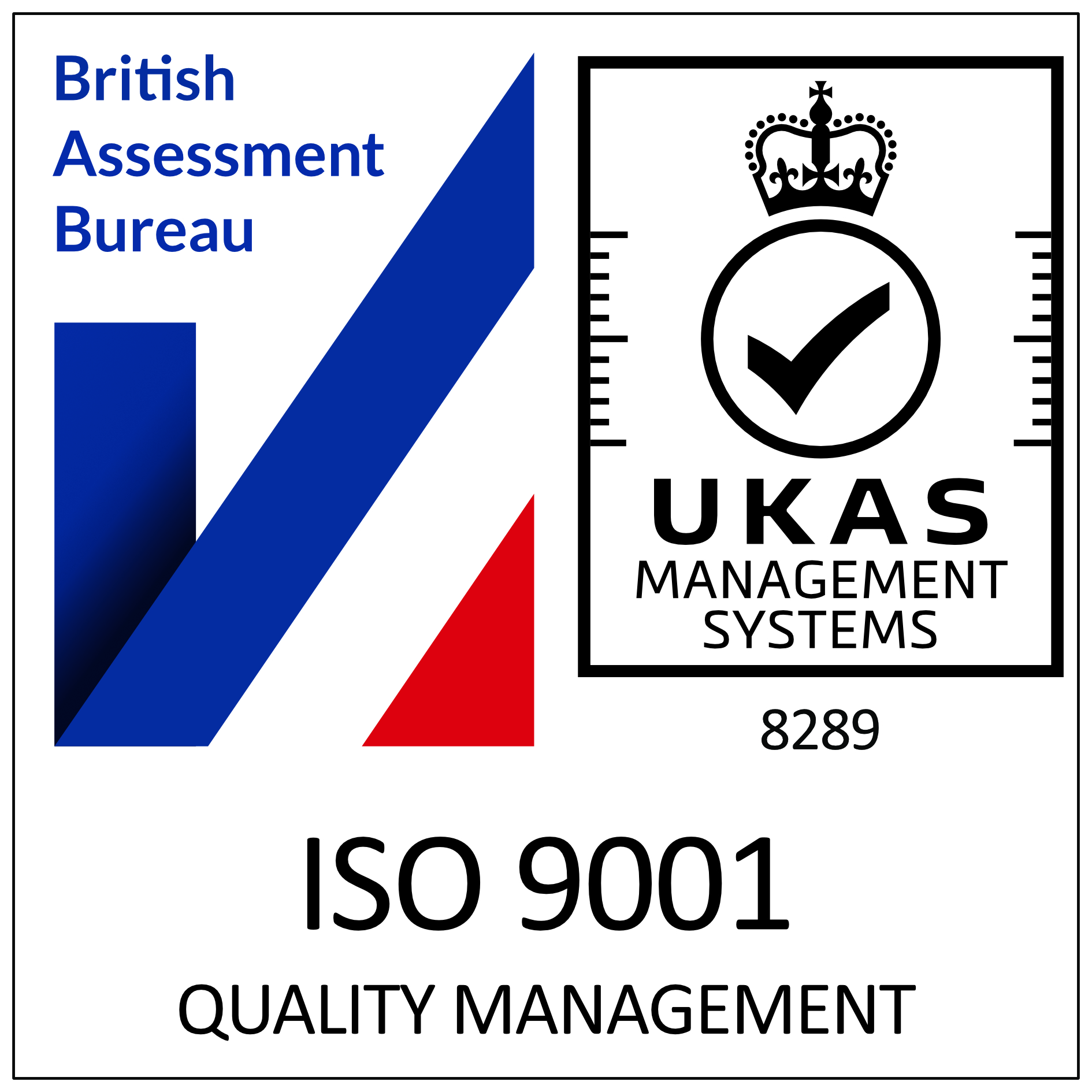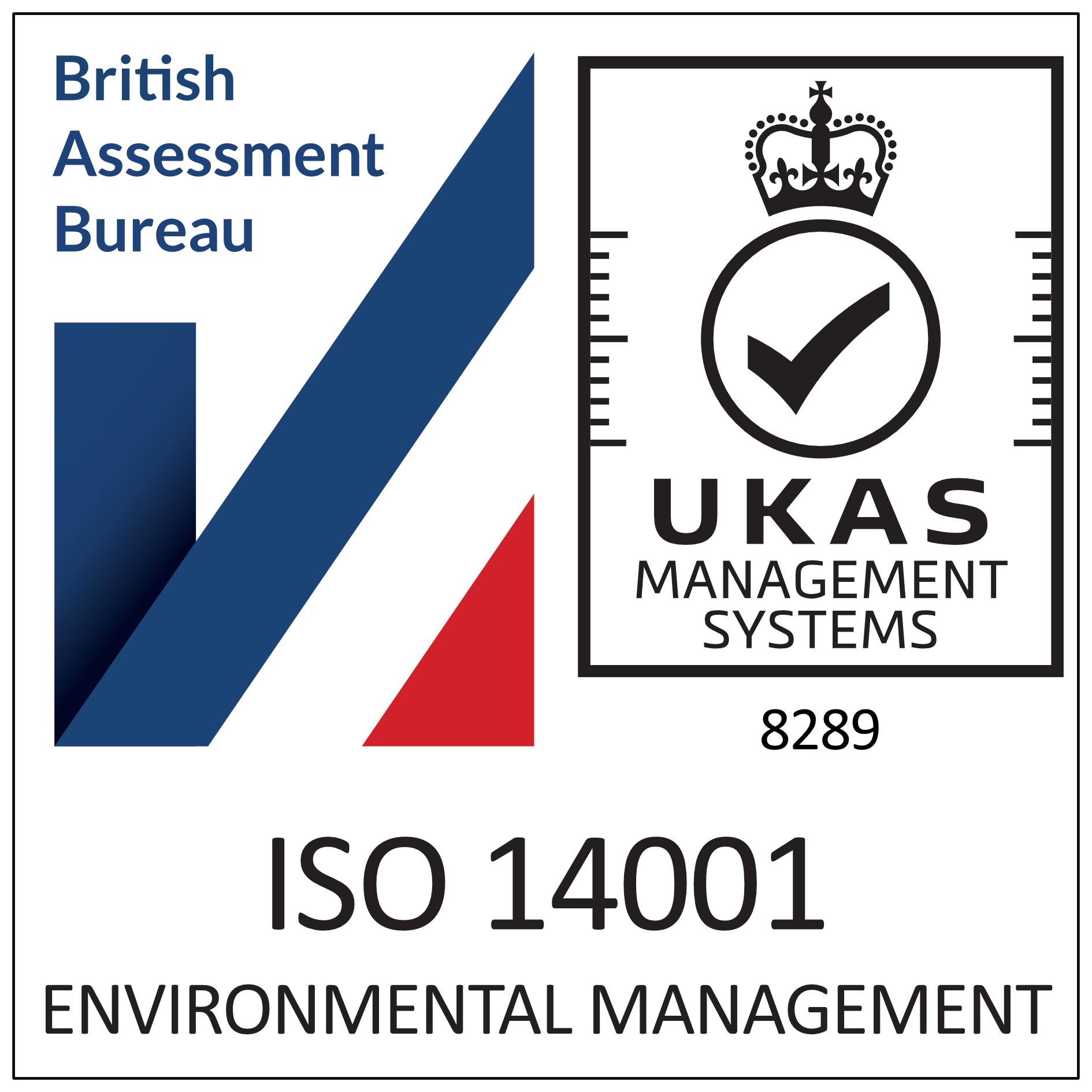4 Characteristics Of Fire Doors
Most doors for commercial buildings must be manufactured and installed to a specific standard to adhere to, and comply with, the mandatory safety specifications for fire prevention and control. These are legal requirements designed to protect the occupiers, visitors to, and users of, the building as well as the building itself. These fire rated doors are essential in helping to save lives and property – if you are a building owner or manager then it is important that you can recognise the differences between a standard door and a specifically manufactured security fire door. Here are some features and characteristics to help correctly identify security fire doors:
Door Materials
Security fire doors are constructed from specifically designed materials that offer greater fire resistance than a standard door. Fire doors can appear to have the same finish and look as standard doors, but their core content will be of more hardy, fire-resistant materials such as aluminium, solid timber and even steel. The minimum standard for a fire door is an FD30 door which offers resistance against all harmful aspects of a fire outbreak including flame, heat, and smoke for a minimum of 30 minutes. Fire door ratings increase as to the necessity of their position and use – an FD60 fire door provides 60 minutes protection, an FD90 fire door provides 90 minutes protection and so on.
Intumescent Seals
Perhaps the most visible characteristic of a security fire door is the intumescent strip. These strips, or seals, are vital components of an effective fire rated door. The materials used to make intumescent seals are poor conductors of heat, which means they will swell immediately on being exposed to excess temperatures – this expansion quickly seals the gap between the door frame and the fire door itself, therefore preventing the spread of flames, heat, and potentially toxic smoke to any other adjoining area to that of the fire outbreak.
Automatic Locking Devices
Security fire doors will be fitted with automatic locking devices -these locking devices are usually mounted on either the ceiling, the wall behind the door or, in some cases, on the floor underneath the door, and are prominent physical characteristics of fire doors as opposed to standard doors. All commercial fire doors MUST close automatically whenever a fire outbreak occurs. Once an alarm is activated, the automatic locking device should secure the door in place thus containing the fire to the area of initial outbreak and prevent any further spread of smoke, flame, or heat to any other area of the building.
Compliance Identification
A security fire door can be recognised by the compliance tags and identification on display. All fire doors should display these tags that carry further information about the actual fire rating of the door and confirms that the doors are fit-for-purpose in providing the fire-resistance level it displays. A compliance tag also indicates that the purpose-made fire door has been tested and installed to the correct standards. The compliance tag should contain information such as the level of fire resistance (FD30, FD60, FD90 and so on), the date of manufacture, and the item serial number along with the name of the independent certifier and the owner. If any of these tags become detached or unreadable in any way, they must be replaced accordingly.
Other Security Fire Door Features
There are other physical distinguishable features that help identify a fire door such as signage – all commercial fire doors must carry appropriate signage which must be clearly displayed. Security fire doors can also be identified by their hinges – all manufactured fire doors must have a minimum of three hinges which must be able to fasten firmly and be in full working order. If any hinges are missing, damaged or broken, then the door is compromised and may not be fit for purpose. In the event of a fire breakout, a damaged hinge is more susceptible to failure.
If the fire safety of the building is your responsibility, then you should ensure that all your doors are appropriate and fit for purpose – you should speak to an established and respected timber door manufacturer for advice and guidance on fire safety for your building.
Enfield Doors
If you would like to find out more about fire door safety in the UK, we can help. Our team of experts is on hand to guide you and give you sound and pragmatic advice based on years of experience and successful installations.
If you would like further information on our company, please fill out a contact form and we will respond as quickly as possible. We look forward to helping you.








